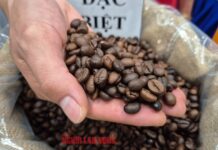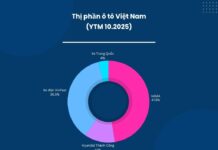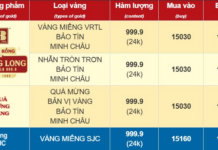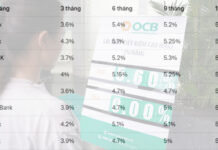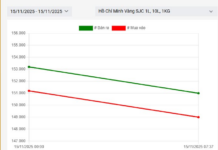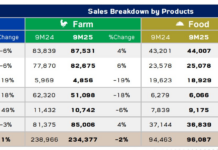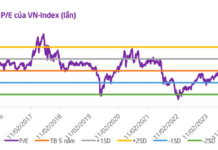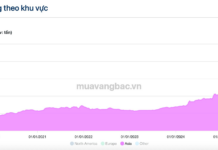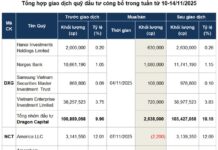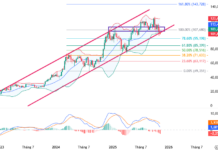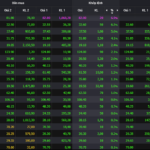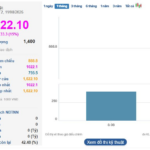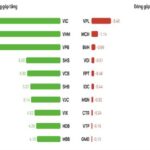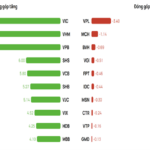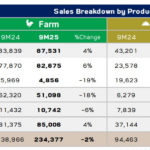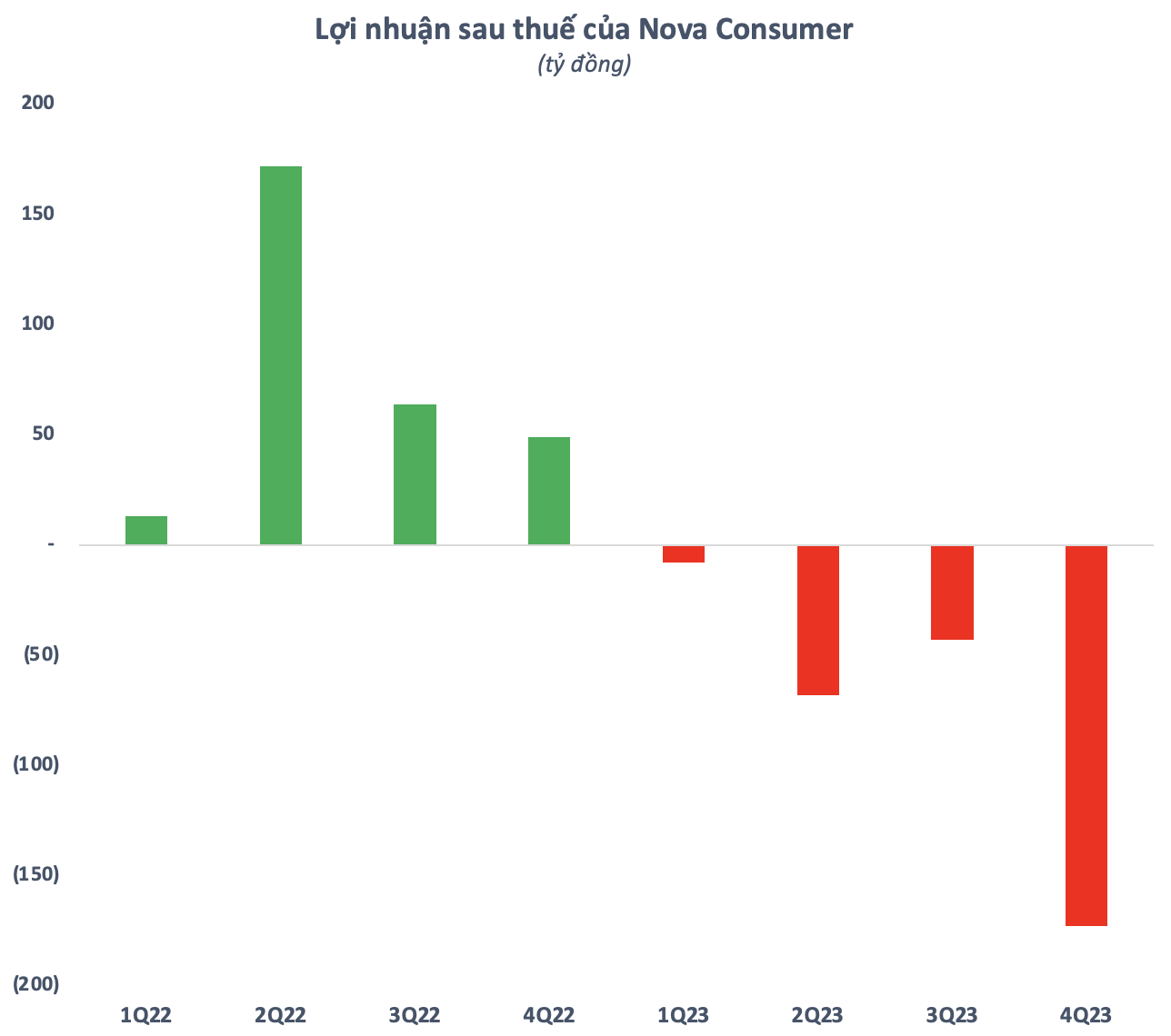The decision to pay dividends in shares will help banks, including SHB, accumulate equity capital, improve the capital adequacy ratio (CAR) to meet international standards, comply with new regulations, and increase lending capacity.
SHB shares closed the trading session on August 13 at a market price of VND 19,350/share, with a market capitalization of over USD 3 billion. The liquidity-leading stock in the market attracted 115 million units in volume. Foreign investors net bought more than 6 million units, making SHB the most net bought stock in the session.
SHB shareholders receive double good news: 13% stock dividend and 59% increase in Q2 profit
August 19 is the record date for the 2024 dividend payment of a 13% stock dividend ratio by SHB, equivalent to the issuance of 528.5 million new shares. After the stock dividend distribution, the bank’s charter capital will exceed VND 45,942 billion, maintaining its position in the Top 5 largest privately-owned joint-stock commercial banks in Vietnam. Previously, SHB completed the first 2024 cash dividend payment at a rate of 5%. The total dividend ratio for 2024 approved by the SHB Annual General Meeting of Shareholders was 18% and is expected to be maintained in 2025.
According to the 2024 Annual Report, SHB’s dividend policy aims to provide stable and high returns for investors, balancing the interests of shareholders while ensuring the bank’s development resources. The bank’s average dividend payout ratio over the past five years has been 13.9%. In 2024, the cash dividend payout ratio for 2023 was 5% for the first installment and 11% for the second installment in stocks.
The market positively received the stock dividend announcement amid SHB’s strong share price performance and trading volume surge in the second quarter of 2025, especially in July, with a gain of over 33% and an average trading volume of over 90 million units per session. As of early August, foreign investors had net purchased nearly 107 million units, reflecting their growing confidence in the bank’s prospects.
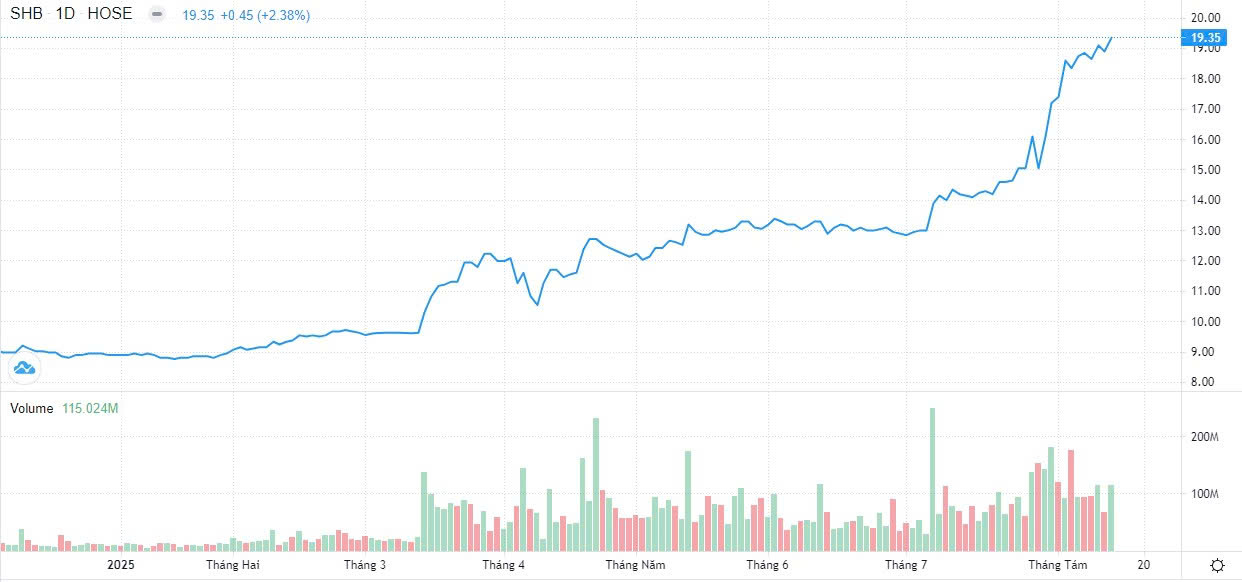
SHB stock performance since the beginning of the year
Concurrently, SHB announced its financial results for the first half of 2025, featuring a series of positive financial indicators that reinforced expectations of improving profitability and asset quality. In the second quarter, SHB’s pre-tax profit exceeded VND 4,500 billion, up 59% year-on-year. For the six-month period, the bank’s pre-tax profit reached VND 8,913 billion, up 30% year-on-year and equivalent to 61% of the full-year plan.
As of June 30, 2025, SHB’s total assets amounted to nearly VND 825 trillion. Customer lending exceeded VND 594.5 trillion, up 14.4% from the beginning of the year and a significant increase of 28.9% year-on-year. This growth outperformed the 9.9% industry-wide credit growth rate. Notably, the corporate segment, a prominent strength of SHB, witnessed an impressive 15% year-to-date growth and a 35% year-on-year increase.
Asset quality also showed marked improvement, with the ratio of Group 2 debts and non-performing loans (NPL) decreasing to 0.25% and 2.56%, respectively (compared to 0.67% and 2.84% at the end of the first quarter of 2025). The bank’s loan loss coverage ratio (LLR) increased significantly to 65.44% from 58.39% at the end of 2024, approaching the average level of private joint-stock commercial banks. Meanwhile, SHB maintained its high operational efficiency, with a cost-to-income ratio (CIR) of 16.4%, among the best in the industry.
These results not only provide a solid foundation for sustaining a stable dividend policy but also reflect the bank’s strengthening financial resilience.
Enhancing Safety Standards and Expanding Credit
The State Bank of Vietnam (SBV) has officially issued Circular No. 14/2025/TT-NHNN, which will take effect from September 15, 2025, replacing Circular No. 41/2016. This new regulation aims to align with Basel III standards, enhancing transparency and risk management capabilities.
SSI Research views this move as a positive step towards international safety standards, improving transparency, and enhancing risk response capabilities. The reduced risk weights for certain loan segments and the implementation timeline support sustainable credit expansion, aligning with Vietnam’s GDP growth targets.
The capital adequacy ratio (CAR) is a prerequisite for banks to expand their lending activities. An improved CAR provides banks with additional “capital buffer” to extend new credit while maintaining compliance. From an investment perspective, stock dividends may dilute short-term earnings per share (EPS). However, if the raised capital is efficiently reinvested in digitalization, network expansion, and improved profit margins, the company’s intrinsic value will increase over the long term.
In a recently published report, Fitch Ratings anticipated that most Vietnamese banks would continue to accumulate capital in the next 12–18 months, supported by strong internal capital generation (ICG) that can sustain credit growth. However, Fitch also cautioned that if credit expansion accelerates too rapidly, capital generation may not be sufficient to offset the impact, eroding the capital built up in recent years.
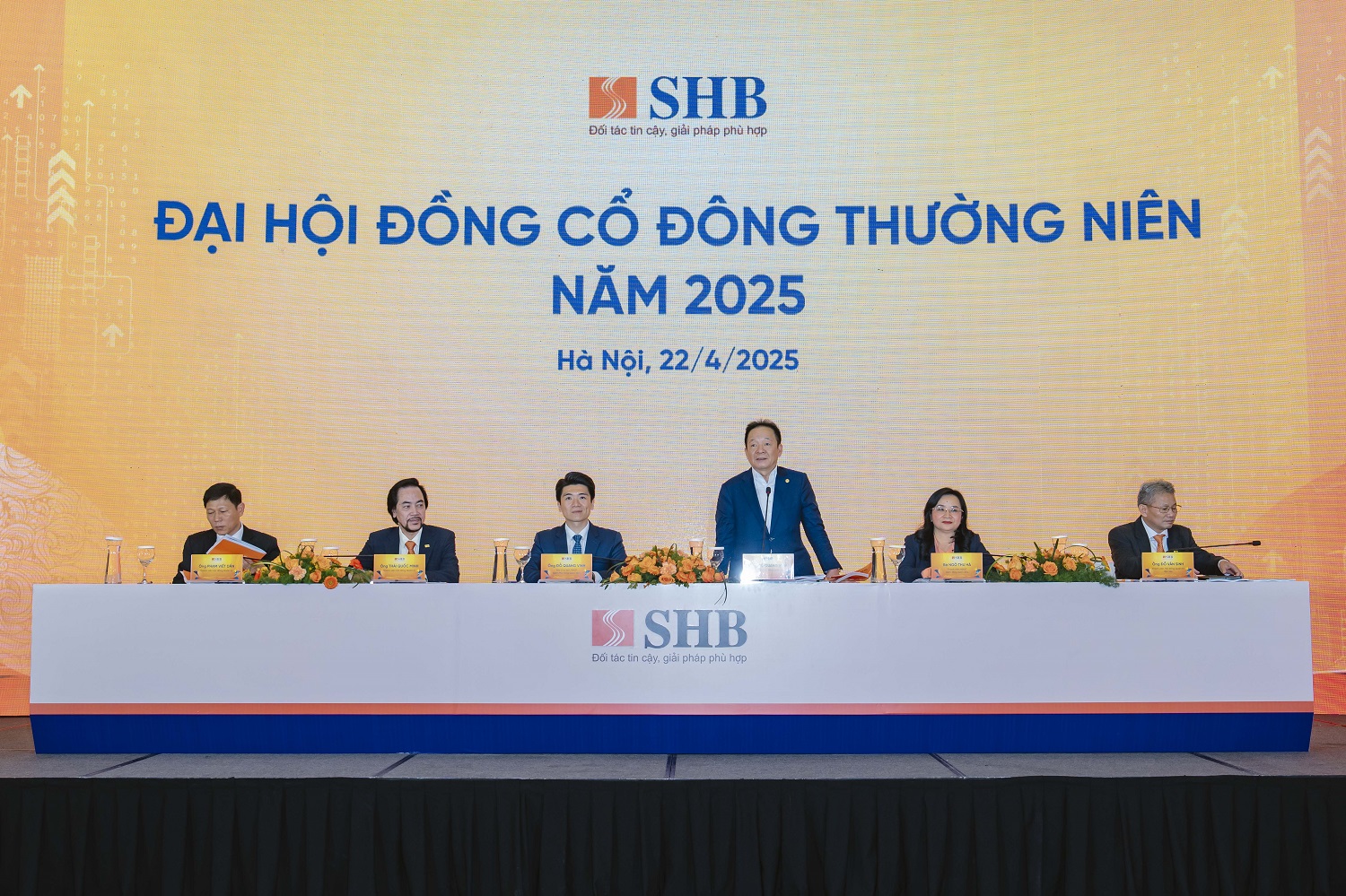
In reality, the distribution of stock dividends, as practiced by CTG, HDB, ACB, and SHB, helps retain profits to increase charter capital and improve the CAR. It also provides a foundation for expanding credit limits and enhancing long-term shareholder value. As the SBV moves away from “credit room” controls and focuses on safety indicators, banks with high CAR, low LDR, and reasonable capital costs will have a distinct competitive advantage, optimizing their net interest margins (NIM).
Returning to SHB, the bank’s continuous enhancement of its financial capabilities, alignment with international standards like Basel III, and the development of a robust capital strategy demonstrate a transformation from a bank with scale to one with quality.
At the 2025 Annual General Meeting of Shareholders, Chairman Do Quang Hien candidly yet cautiously addressed the market’s expectations for SHB. “Regarding the stock price, I am delighted that shareholders positively evaluate SHB, but I also want to emphasize that SHB’s intrinsic value far exceeds its current market price. However, everyone has their own assessment and investment decision, which we fully respect.”
This message conveys the management’s strong internal confidence and indirectly assures the market that the stock price will eventually reflect the true value if the financial foundation continues to strengthen and shareholders accompany the bank on its long-term growth journey.
The Million-Dollar Stock: Unveiling the High-Value Opportunity
The last time Vietnam’s stock market witnessed a share price surpassing the one-million-dong mark was in early 2023.
“Undervalued Bank Stocks with Positive Growth Prospects Attract Cash Flow.”
“In the past 1-3 months, a select few bank stocks have witnessed an impressive surge, with gains of several dozen percentage points. These stocks share common traits: they boast low to medium price-to-book ratios compared to the industry average, exhibit improved financial indicators, and possess unique catalysts that set them apart. These factors have likely contributed to their outstanding performance, outpacing their peers in the banking sector.”
“Undervalued Bank Stocks with Positive Growth Prospects Attract Cash Flow”
“In the past 1-3 months, a select few bank stocks have witnessed an impressive surge, with gains of several dozen percentage points. These stocks share common traits: they boast low to medium price-to-book ratios compared to the industry average, demonstrate improved financial indicators, and possess unique catalysts that set them apart. These factors have likely contributed to their outstanding performance, catching the eye of discerning investors.”


